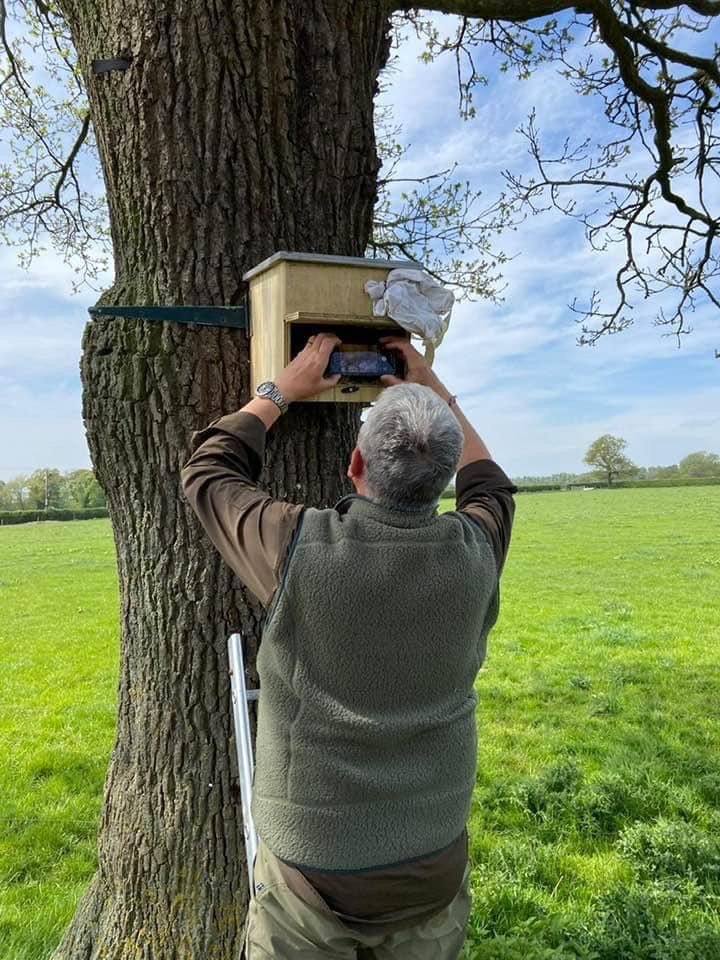Little Owl Monitoring Network
Our Chief Ecologist Roy, has recently started the Little Owl Monitoring Network. The main aim of the network is to help understand the decline of the little Owl and to hopefully mitigate this decline by creating recommendations to conserve them.
Roy states “Of course, one of the problems we face is that the species is viewed as non-native and therefore attracts little, if any, funding from conservation organisations. However, I am sure we would all agree that this species has found a niche within British avifauna that doesn’t affect or compete negatively with other species.
I am hoping that our work across the network will attract attention from the wider nature conservation community which will allow us to grow and spread the word. Every birder I speak to comments on the decline of the little Owl and how they enjoy watching them. We need to have a joined-up approach to be considered serious and gather quality data to analyse and develop signposts to the causes of the decline and establish baseline data for further studies and conservation initiatives”.
The British Trust for Ornithology (BTO) data on the status and population trends of the little owl suggest a worrying trend with a 67% decline from the 25-year data set, based on information provided from the Breeding Bird Survey (BBS).
It is the networks objective to increase and improve the amount and quality of demographic data collected on the owls during the groups studies. Roy is hoping the studies currently undertaken will continue and expand to include extra measurements and, if possible, catch the adults in the nest.
Data in the UK and western Europe, point to some demographic weaknesses that keep occuring, primarily the low survival rate of owlets joining the breeding population, and the loss of nest sites following the demise of one of the adults during the non-nesting period.
Initially the network members will be concentrating their combined effort’s on these areas, along with the collection of information regarding habitat near to the nest site.
If you would like to get involved in this initiative please contact the group through the Facebook page

